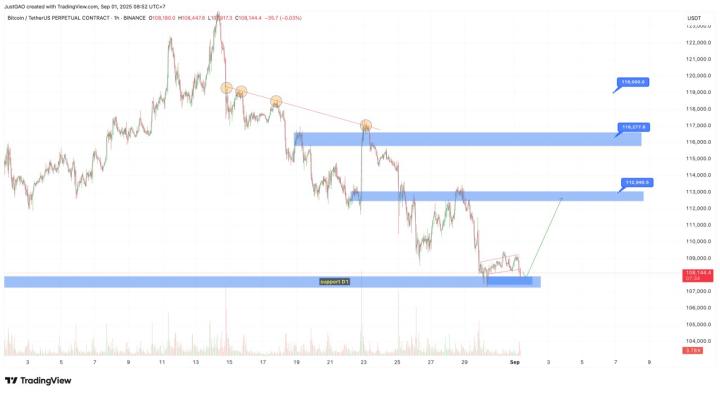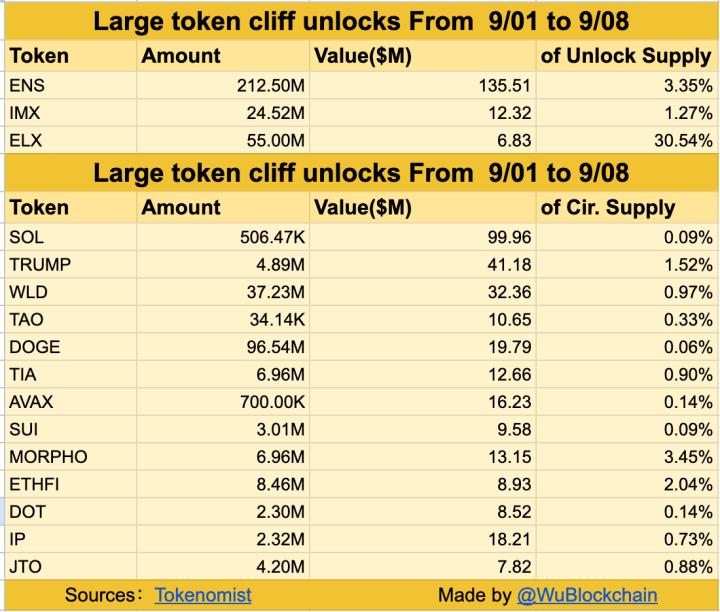Chainfeeds Summary:
In my view, the key focus for a true Web3 AI Agent should be on how to best align the complex workflows of the AI Agent with the trust verification flows of the blockchain.
Source:
https://x.com/tmel0211/status/1901500405940727922
Author:
Haotian
Perspective:
Haotian: MCP (Model Context Protocol) is an open-source standardized protocol aimed at seamlessly connecting various AI LLM/Agents to different data sources and tools, acting as a "universal" plug-and-play USB interface, replacing the previous end-to-end "specific" encapsulation approach. In simple terms, there used to be obvious data silos between AI applications, and for Agents/LLMs to achieve interoperability, they needed to develop their own respective API interfaces, which not only complicated the operation process but also lacked bidirectional interaction capabilities and often had limited model access and permission restrictions. The emergence of MCP provides a unified framework, allowing AI applications to break free from the past data silo state and enabling the possibility of dynamically accessing external data and tools, significantly reducing development complexity and improving integration efficiency, especially in areas such as automated task execution, real-time data querying, and cross-platform collaboration. That said, many people immediately think that if the Manus framework, which promotes multi-Agent collaboration, is integrated with the MCP open-source framework that can facilitate such collaboration, wouldn't it be unstoppable? Correct, Manus + MCP is the key to the current onslaught on Web3 AI Agents. However, the puzzling thing is that both Manus and MCP are frameworks and protocol standards oriented towards Web2 LLM/Agents, solving the data interaction and collaboration issues between centralized servers, and their permission and access control still depend on the active opening of each server node. In other words, they are just open-source tool attributes. Logically speaking, they are completely at odds with the distributed server, distributed collaboration, and distributed incentive concepts pursued by Web3 AI Agents. How can a centralized artillery shell destroy a decentralized fortress? The reason is that the first stage of Web3 AI Agents has become too "Web2-ized". On the one hand, this is because many teams come from a Web2 background and lack a full understanding of the native needs of Web3. For example, the ElizaOS framework was initially just an encapsulation framework to help developers quickly deploy AI Agent applications, integrating platforms like Twitter, Discord, and some OpenAI, Claude, DeepSeek, etc. API interfaces, and appropriately encapsulating some common Memory and Character frameworks to help developers quickly develop AI Agent applications. But to be precise, what difference does this service framework have from Web2 open-source tools? What are its differentiated advantages? How to break the deadlock? There is only one way: focus on creating Web3 native solutions, because the operation and incentive architecture of distributed systems is the absolute differentiating advantage of Web3. Take distributed cloud computing, data, and algorithm service platforms as an example. On the surface, this kind of service model that aggregates idle resources may not be able to meet the engineering implementation needs of innovation in the short term. But at a time when a large number of AI LLMs are engaged in a centralized computing power arms race to achieve performance breakthroughs, a service model that uses idle resources and low costs as a gimmick will naturally be looked down upon by Web2 developers and VC teams. However, once Web2 AI Agents have passed the stage of competing for performance innovation, they will inevitably pursue the expansion of vertical application scenarios and fine-tuning model optimization, and that's when the advantages of Web3 AI resource services will truly emerge.
Source








